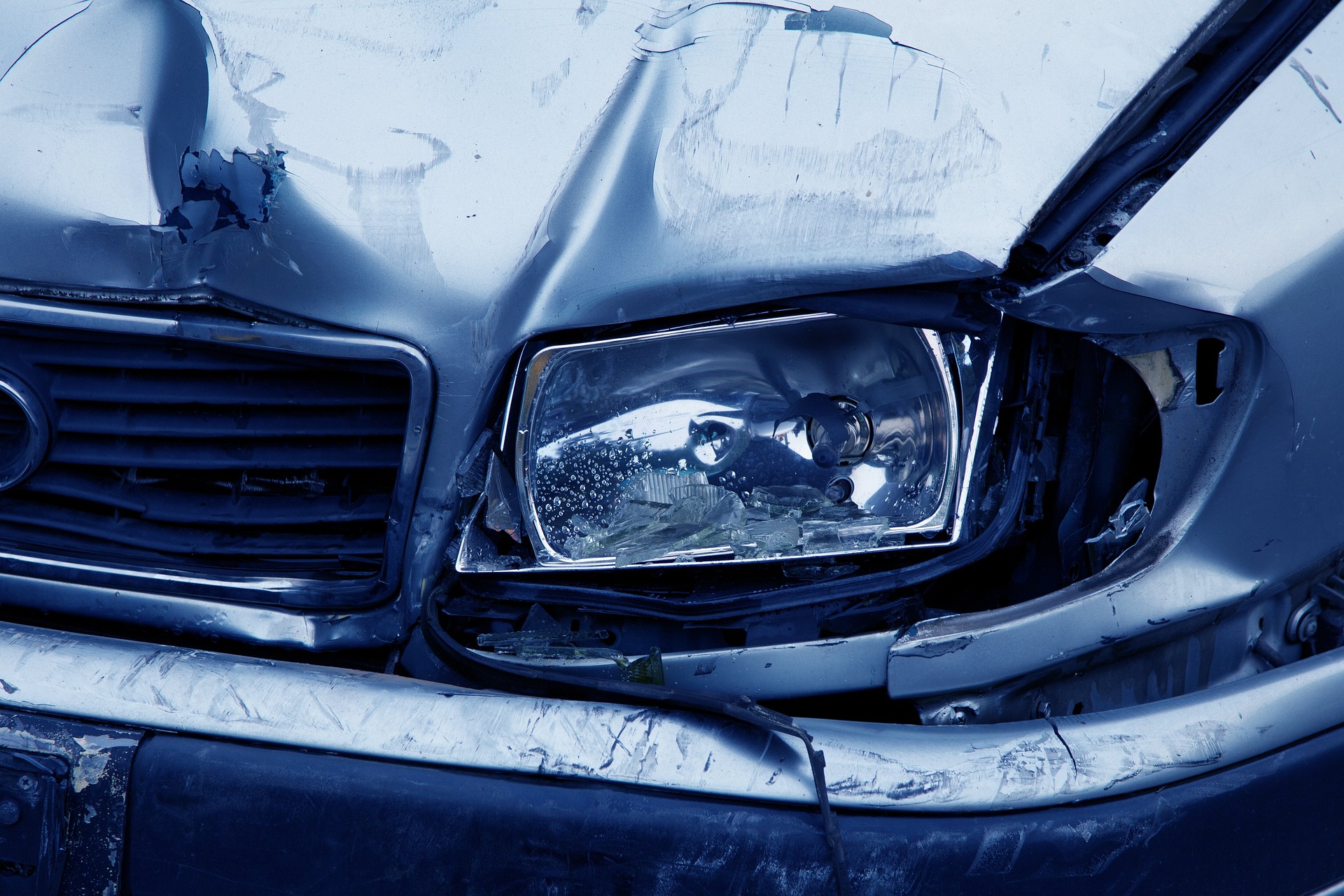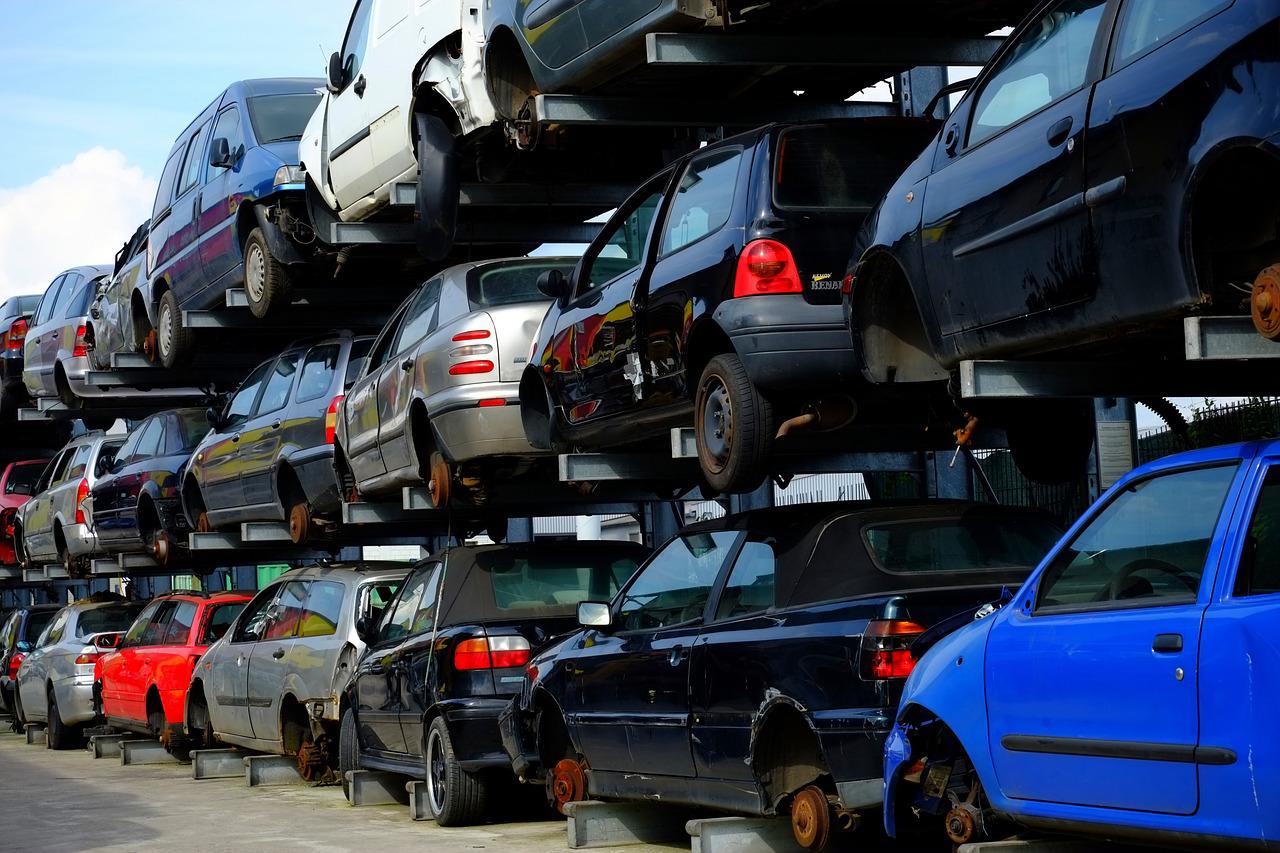We found the following complaints for CHEVROLET SUBURBAN 2500 (1999)
Read complaints for CHEVROLET SUBURBAN 2500 (1999)
Gm side terminal batteries have design flaw that allows battery acid to leak out of the terminals when stresses from heavy cables cause seal to fail.battery acid leaks on vehicle components below and has been known to ruin brake lines and other important safety components.in addition, the battery acid is harmful to the environment.i have personally had these batteries fail several times in my 99 chevy. Suburban k2500 diesel.see the link following for more reports of same problem by others:http://www.aboutautomobile.com/complaint/1999/chevrolet/suburban/batttop terminal batteries do not have this problem as the terminal to case seal is above the liquid level of the batteries.gm is the only manufacturer that i know of that uses the side terminal batteries.
The vehicle in question is a 1999 chevrolet suburban.the gas gauge read erratically and incorrectly for a number of months.then the engine died immediately after i parked the vehicle one day and failed to restart.i determined that the fuel pump fuse had blown.a new fuse lasted 30 seconds before blowing in its turn.on removing the gas gauge sender/fuel pump assembly from the gasoline tank, i noticed that two of the wires were fused together.separating the wires took some effort and revealed that the insulation on both wires had completely abraded where they contacted each other such that the bare wires inside touched each other and shorted out the circuit.the insulation on one of the wires had overheated and partially melted off the wire for a short distance (1/2 inch) from the point of contact.replacement of the entire fuel pump/gas gauge sender solved the problem.since the entire unit is located inside the gasoline tank of the vehicle, i am concerned that this short might have caused a spark that would ignite the gasoline in the gasoline tank.in the purple wire photo, one can see how the point of contact with the grey wire abraded the insulation down to the bare wire inside.in the grey wire photo, one can see both a comparable abrasion down to the bare wire and also partial melting of the wire insulation, to the point that additional bare wire showed.the metal wires do not appear to have melted or fused; only the insulation did that.but the insulation melting and fusion, as well as the two safety fuses that blew, argue that the abrasion of the insulation continued until the wires inside came into contact with each other.the entire unit is spring loaded such that it is in contact with both the top and the bottom of the gasoline tank.since the tank flexes slightly in normal use, the wires flex as well, rubbing each other always.
(1) time.it appears that this failure is guaranteed to happen.(2) the fuel solenoid driver fails; the diesel engine stops; one is left going down the road without power steering nor power brakes in a very heavy vehicle.whether an accident occurred is by chance.(3) a new, and expensive, fuel solenoid driver was installed.the old one is still in place.
The vehicle in question is a 1999 chevrolet suburban.the gas gauge read erratically and incorrectly for a number of months.then the engine died immediately after i parked the vehicle one day and failed to restart.i determined that the fuel pump fuse had blown.a new fuse lasted 30 seconds before blowing in its turn.on removing the gas gauge sender/fuel pump assembly from the gasoline tank, i noticed that two of the wires were fused together.separating the wires took some effort and revealed that the insulation on both wires had completely abraded where they contacted each other such that the bare wires inside touched each other and shorted out the circuit.the insulation on one of the wires had overheated and partially melted off the wire for a short distance (1/2 inch) from the point of contact.replacement of the entire fuel pump/gas gauge sender solved the problem.since the entire unit is located inside the gasoline tank of the vehicle, i am concerned that this short might have caused a spark that would ignite the gasoline in the gasoline tank.in the purple wire photo, one can see how the point of contact with the grey wire abraded the insulation down to the bare wire inside.in the grey wire photo, one can see both a comparable abrasion down to the bare wire and also partial melting of the wire insulation, to the point that additional bare wire showed.the metal wires do not appear to have melted or fused; only the insulation did that.but the insulation melting and fusion, as well as the two safety fuses that blew, argue that the abrasion of the insulation continued until the wires inside came into contact with each other.the entire unit is spring loaded such that it is in contact with both the top and the bottom of the gasoline tank.since the tank flexes slightly in normal use, the wires flex as well, rubbing each other always.
Continual failure of fuel pump, wiring harness socket heating up to the point where the plastic around the male portion of the electric connectors is melting. This has occurred on 3 separate fuel pumps over the last year.after researching the issue online it appears to be a common occurrence among 99 suburbans.
The contact owns a 1999 chevrolet suburban 2500. While driving 5 mph, the brake pedal was depressed, but the vehicle failed to stop. The vehicle struck a building. A police report was filed and there were no injuries. The vehicle was not diagnosed or repaired the manufacturer was notified. The failure mileage was approximately 177,000. Updated 05/05/17*lj
Brake lines rupture in emergency situations.third incident occurred on nov 2, 2012 and almost resulted in a major accident.front brake line which runs across front of vehicle ruptured upon braking and pedal went to floor.delayed stopping because only rear brakes were used to stop vehicle. This is 3rd time brake lines failed all in different areas of undercarriage.truck will not be driven until all brake lines are replaced and undercarriage is applied with an anti -corrosive, which this will cost approximately $4,000 because of the labor involved in this process.gm has known about this problem and should be responsible for replacing and repairing the defective parts used in original manufacture.this problem should be addressed before someone gets killed due to these faulty brake lines.
I'm having an abs system problem that is the same problem that recall 05068 had. As i slow to a stop my abs system kicks on below 10 mph but above 3 mph. When the abs system kicks on it is a load grinding noise followed by a decrease in controllability and a pulling to the right of the vehicle. The recall 05068 only covered 2000-2002 surburban years, mine is a 1999 k2500.
I'm having an ongoing abs system problem that is the same problem that recall 05068 had. As i slow to a stop my abs system kicks on below 10 mph but above 3 mph. When the abs system kicks on it is a load grinding noise followed by a decrease in controllability and a pulling to the right of the vehicle. The recall 05068 only covered 2000-2002 suburban years, mine is a 1999 k2500.
The contact owns a 1999 chevrolet suburban 2500. While driving 5-10 mph, there was a loss of braking when he depressed the brake pedal.as of june 3, 2008, the dealer had not inspected the vehicle.there is a recall for the service brakes, hydraulic: antilock (nhtsa campaign id #05v379000) however, the manufacturer stated that his vin was not included.the failure mileage was 90,000 and current mileage was 102,000.
Soft brake pedal, front brakes do all the work. Gm shop replaced combo valve and brakes are the same.ongoing bad brakes causing multiple close calls due to not able to stop suburban 2500 by itself, and while towing.
Brakes slippage at low speeds when trying to come to a stop.no warning. Dealership tells me it is antilock brake sensors that have been corroded which is covered for some vehichles under recall.
1999 chevrolet suburban frame failure due to rot. Noticed vehicle handling different, front end checked all tight.noticed hole in frame under steering box mounts and large crack heading from hole towards rear of vehicle.immediately parked truck, unable to be driven unsafe.
Read more











